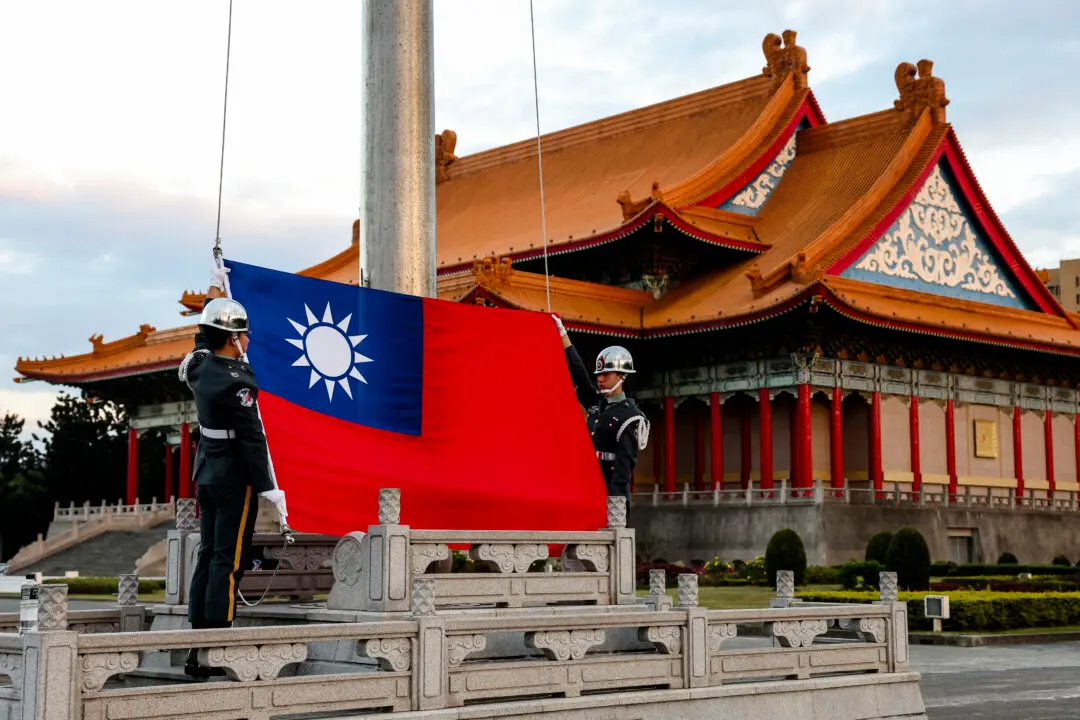Forces will be reaggregated as an Amphibious Ready Group and Marine Expeditionary Unit to ‘provide... forces capable of supporting a wide range of missions.’
The United States is adjusting its force posture in the eastern Mediterranean and Red Sea as it contends with continued terror attacks on commercial shipping in the region.
The USS Gerald R. Ford Carrier Strike Group is returning to Norfolk, Virginia, to “prepare for future deployments” after more than a year at sea, according to a
statement by the Navy’s Sixth Fleet, which oversees operations in the Mediterranean.
The Ford is the nation’s latest and most advanced aircraft carrier. It began its first
deployment in October 2022, when it was assigned to train alongside NATO partners in the Atlantic. That deployment was extended by months, however, following the Oct. 7 attack on Israel by the Hamas terror group.
Since then, the Ford Carrier Strike Group has served in the eastern Mediterranean as part of a U.S. mission to prevent the Israel-Hamas war in Gaza from spiraling into a larger, regional conflict.
The Navy said the group would be replaced by the amphibious assault ship the USS Bataan and its accompanying warships, as well as a contingent of about 2,000 Marines.
The forces will be reaggregated as an Amphibious Ready Group and Marine Expeditionary Unit to “provide sea-based expeditionary forces capable of supporting a wide range of missions,” the Navy said.
“DoD will continue to leverage its collective force posture in the region to deter any state or non-state actor from escalating this crisis beyond Gaza.”
Battle Against Houthis in Red Sea
The shakeup in the nation’s posture in the Mediterranean and Red Seas comes as U.S. forces try to contend with an increasing campaign of terror against commercial shipping by Iran-backed Houthi militants in the Red Sea.U.S. forces engaged in a
New Year’s Eve firefight with Houthi elements, and U.S. helicopters sank three Houthi vessels, killing their crew. During that incident, the USS Gravely, a destroyer, shot down two missiles fired at the Singapore-flagged Maersk Hangzhou.
The crescendo of violence against military and commercial vessels in the Red Sea has begun to create a
global shipping crisis, as several of the world’s major shipping outfits are rerouting cargo vessels, taking extra weeks to travel around the southern tip of Africa instead of risking the journey to the Suez Canal.
To address the threat, the Biden administration announced
Operation Prosperity Guardian in late December, a multinational security effort aimed at providing protection to vessels traversing the region.
The USS Dwight Eisenhower Carrier Strike Group recently patrolled near the Gulf of Aden, at the mouth of the Red Sea waterway, to prevent just such attacks. Despite the presence of U.S. forces, however, the Biden administration has appeared hesitant to risk escalating the burgeoning proxy conflict with the Houthis.
The deployment of more amphibious units to the region may signal that the administration is considering increasing its operational tempo, however.
The White House believes that
Iran is providing operational support to the Houthis, including financing and intelligence, according to a statement by White House National Security Council Spokesperson Adrienne Watson obtained by the Epoch Times.
“We know that Iran was deeply involved in planning the operations against commercial vessels in the Red Sea,” Ms. Watson said.
“Iranian support throughout the Gaza crisis has enabled the Houthis to launch attacks against Israel and maritime targets, though Iran has often deferred operational decision-making authority to the Houthis.”
Iran has denied the allegation.







